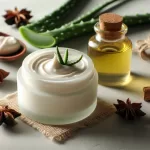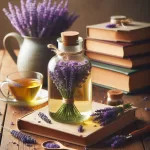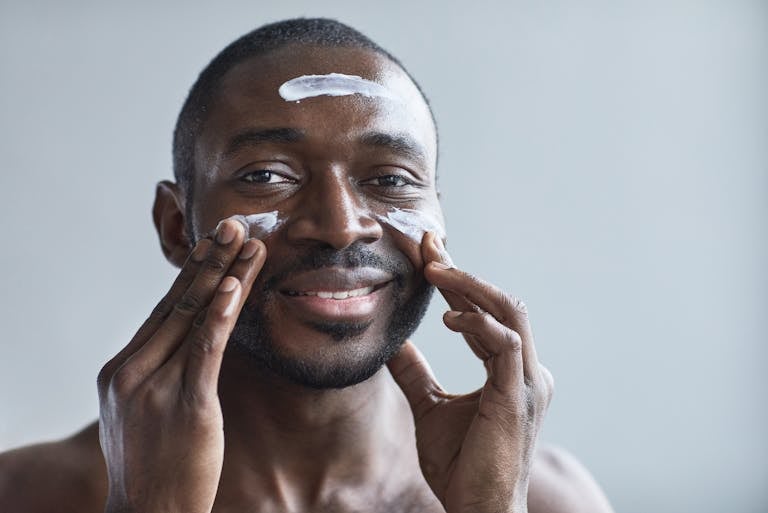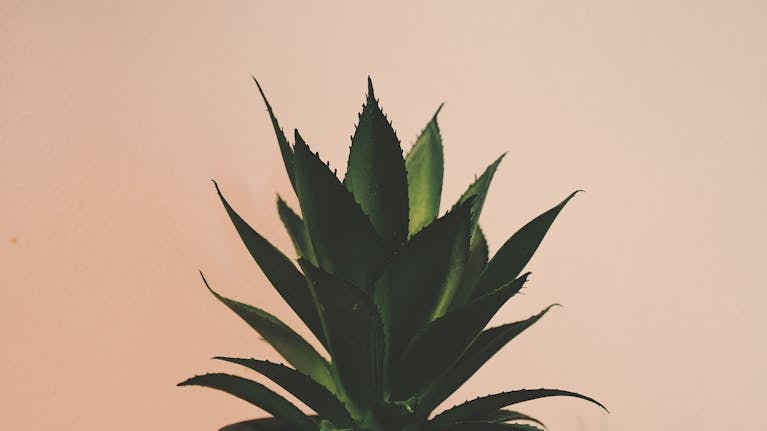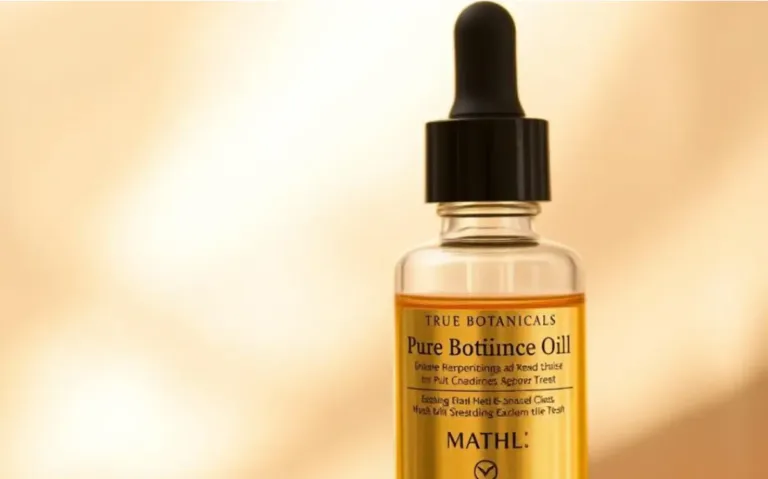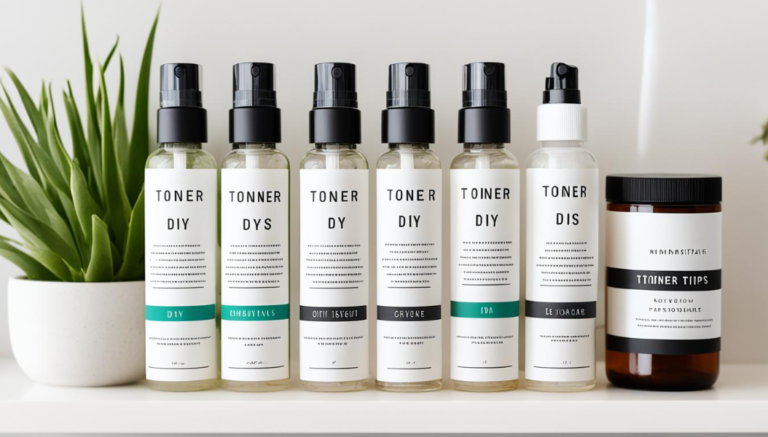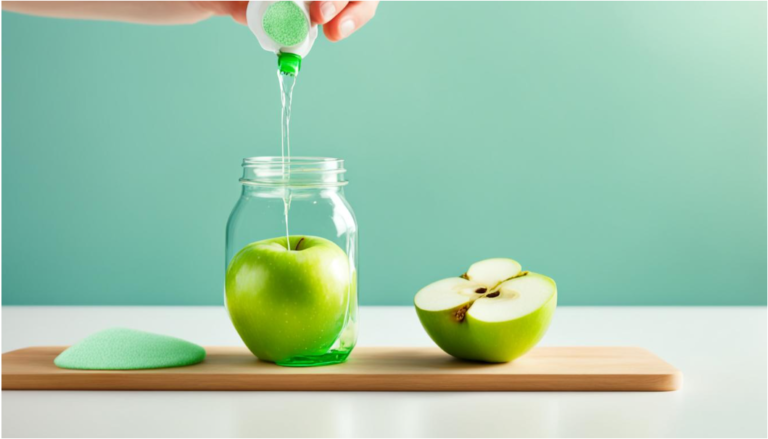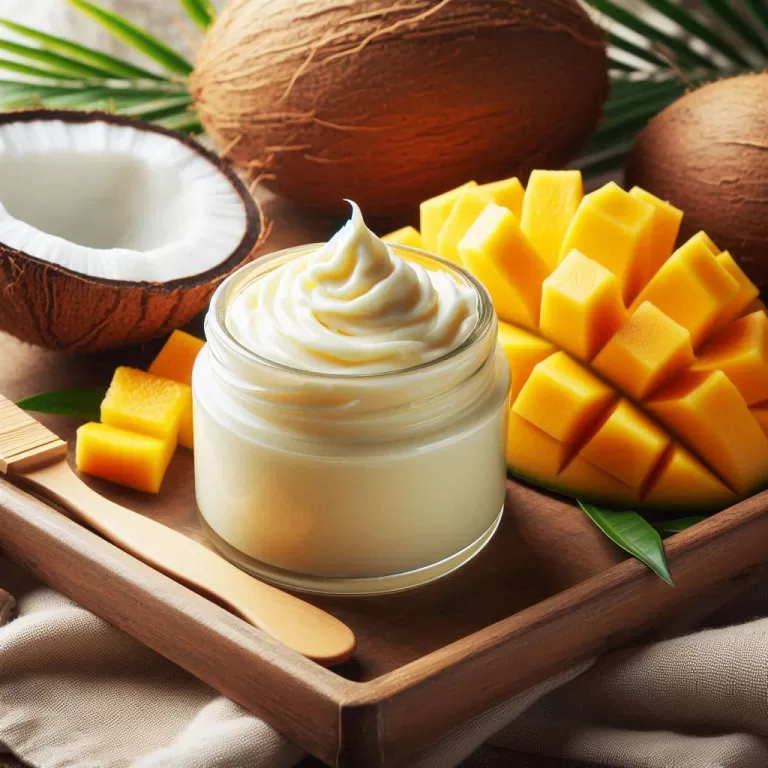Ultimate Guide: Unleash the Potent Magic of Herbal-Infused Oils for Transformative Skincare and Aromatherapy [2024 Essential Guide]
Ever wondered how to make those luxurious herbal-infused oils for skincare and aromatherapy that you see in high-end stores? You’re in the right place! These oils are not just about beauty but a natural, holistic approach to wellness. Imbued with the goodness of nature, they provide countless benefits like soothing inflamed skin, reducing stress, and promoting general well-being.
Imagine creating your own unique blends tailored to your needs, free from artificial chemicals and preservatives. It’s easier than you think! This guide will walk you through the steps to make your own herbal-infused oils at home, using simple ingredients and methods.
Ready to start your journey to natural beauty and wellness? Let’s get those herbs and oils ready!
Watch this video for a quick overview on how to make herb-infused oils for skincare.
What Are Herbal-Infused Oils?
Herbal-infused oils are a lovely blend of natural oils, like olive or coconut, and dried herbs. These oils capture the essence, aroma, and beneficial properties of those herbs, creating a simple yet magical potion for your skin and mind. They’re used in skincare, massage therapy, and even some home remedies. Ready to dive in?

Definition and Uses
Herbal-infused oils are commonly used to:
- Nourish the skin: Perfect for making lotions, creams, and salves.
- Enhance massages: Add a soothing touch during massages.
- Create natural remedies: Ideal for minor skin irritations or aches.
These oils are essentially a carrier oil, like olive or almond oil, that’s been “infused” with the healing properties of herbs. It’s like soaking a teabag in hot water to extract the flavor and benefits, but instead, you’re using oil!
The Infusion Process
So, how do you make these delightful oils? Here’s a step-by-step breakdown:
- Choose Your Herbs: Pick dried herbs like lavender, rosemary, or chamomile. Dried herbs work best because they reduce the risk of introducing water into the oil, which can cause mold.
- Select a Carrier Oil: Common choices include olive oil, coconut oil, or sweet almond oil. These oils not only extract the goodness of the herbs but also carry the benefits smoothly to your skin.
- Combine and Warm: Place the herbs in a jar and cover them with the carrier oil. Then, gently warm them over a period to help the herbs release their properties into the oil.
For more details on making herbal-infused oils, check out this guide by Mountain Rose Herbs which provides comprehensive instructions and tips.
Why Use Herbal-Infused Oils?
Why go through the trouble of making herbal-infused oils? Here are some solid reasons:
- Skin Benefits: These oils can moisturize, soothe, and repair your skin. Ingredients like calendula and chamomile can reduce inflammation and calm irritated skin.
- Aromatherapy: The scents of various herbs can affect your mood. For example, lavender is known to be relaxing, while rosemary can be invigorating.
- Customization: Making your own oils allows you to tailor them to your specific needs and preferences.
If you’re curious about how certain herbs work well for different skin types and uses, consider visiting School of Natural Skincare’s comprehensive guide.
Creating herbal-infused oils is a beautiful way to harness the power of nature and bring it into your everyday routine. Plus, it’s a fun and rewarding DIY activity! 🌿 Team up with your favorite herbs and oils, and let nature take care of the rest.
Benefits of Using Herbal-Infused Oils
Herbal-infused oils bring a variety of benefits to both skin care and overall well-being. They serve as a bridge between nature and modern skin care routines, combining the medicinal properties of herbs with the moisturizing effects of oils. Let’s explore some of the standout benefits.
Nourishing Skin: How Herbal-Infused Oils Can Enhance Skin Health
Herbal-infused oils are powerhouses when it comes to skin nourishment. These oils go beyond simple hydration, providing a host of benefits that help improve skin health. Imagine putting on a moisturizer that not only keeps your skin soft but also packs in a bunch of nature’s goodness.
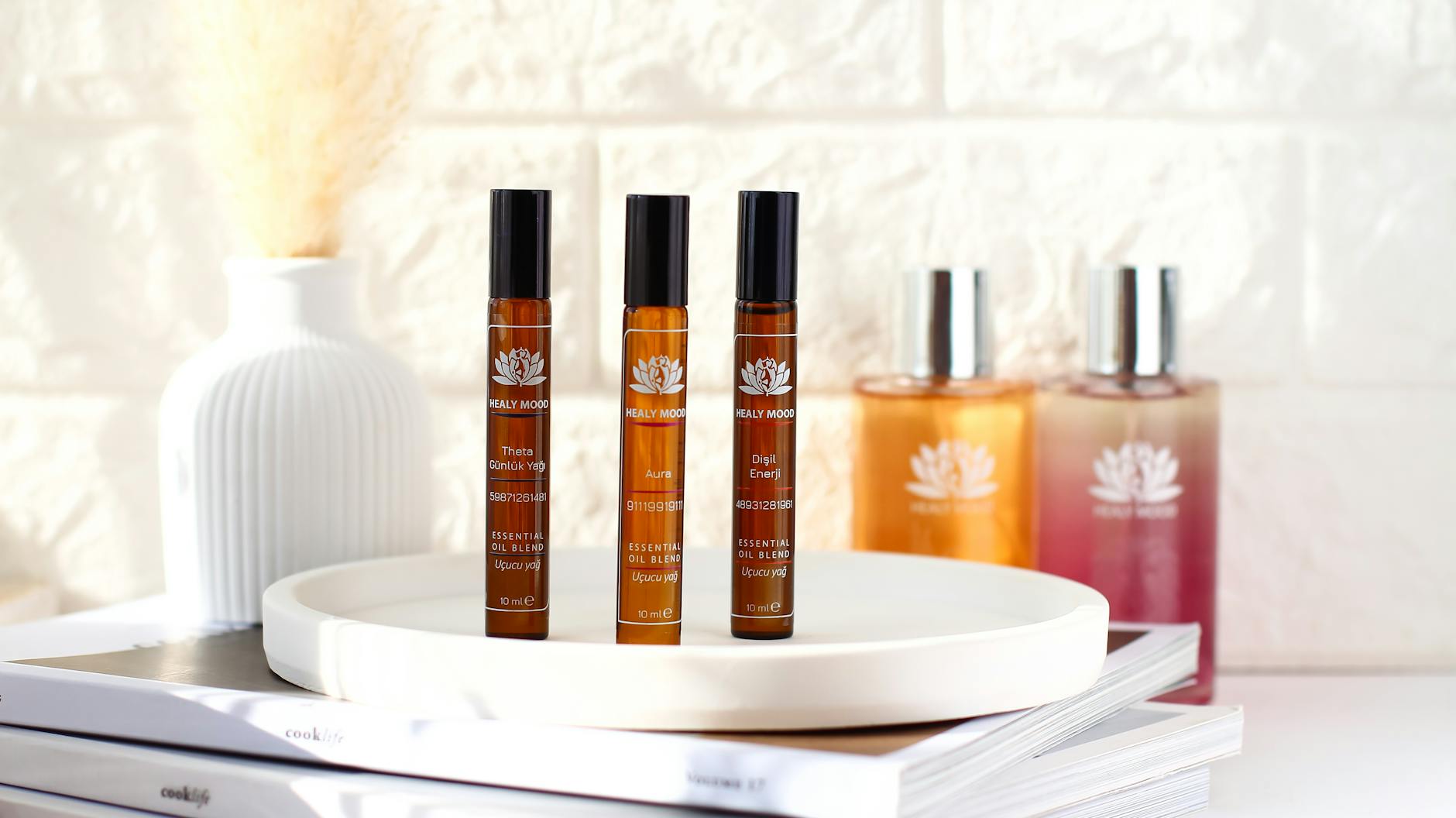 Photo by Efnan Ghoneam
Photo by Efnan Ghoneam
Consider these significant advantages:
- Hydration and Moisture: Herbal-infused oils, like those enriched with lavender or calendula, deeply penetrate the skin, ensuring long-lasting hydration. They can help lock in moisture, keeping your skin soft and supple.
- Rich in Nutrients: Your skin will feel pampered with the nutrients from herbs like chamomile, which contain antioxidants and vitamins that can fight off free radicals and promote skin repair.
- Skin Barrier Support: Oils like jojoba or rosehip, when infused with healing herbs, can help rejuvenate and strengthen the skin barrier, keeping environmental aggressors at bay.
- Healing Properties: Find it hard to deal with acne or scars? Herbal oils often possess anti-inflammatory properties that can help reduce redness and aid in faster healing.
Learn more about how these oils nourish your skin from New Directions Aromatics.
Therapeutic Properties: Calming and Healing Effects of Different Herbs Used in the Oils
The therapeutic benefits of herbal-infused oils can’t be overstated. Think about how good you feel after a warm bath—you get the same relaxing feel with the right herbal oil.
- Calming Effects: Oils infused with herbs like lavender or chamomile can help calm your mind and body. These herbs contain compounds that promote relaxation, making them perfect for aromatherapy.
- Pain Relief: Certain herbs like arnica are known for their ability to relieve pain and inflammation. When infused into oils, they can be applied to sore muscles or joints for natural pain relief.
- Anti-inflammatory Properties: Feel like your skin is always acting up? Oils with calendula or turmeric can help soothe irritated skin, thanks to their anti-inflammatory properties.
- Antibacterial and Antifungal: These oils serve as natural shields against bacteria and fungi. Tea tree-infused oils, for example, can be a boon for people dealing with acne or fungal infections on the skin.
Understanding these properties can make your skin care routine not just a daily chore, but a serene, mindful ritual. Explore more about the therapeutic benefits of these oils on Lipgloss & Aftershave.
Start incorporating herbal-infused oils into your daily regimen and experience a blend of nature’s finest perks, right at your fingertips.
Choosing the Right Herbs for Infusion
Choosing the right herbs for your herbal-infused oils is like picking the right ingredients for a delicious recipe. The herbs you choose will determine the benefits and aroma of your infusion. Let’s look at some popular herbs and their uses in herbal-infused oils.
Popular Herbs and Their Uses
 Photo by Mareefe
Photo by Mareefe
When it comes to making herbal-infused oils, selecting the right herbs is crucial. Here’s a handy list of some popular herbs and their respective benefits:
- Lavender: Known for its calming and soothing properties, lavender is perfect for relaxation. It helps with stress relief and can even aid in sleep. Lavender also has anti-inflammatory qualities, making it a great choice for skincare.
- Chamomile: This herb is famous for its gentle and soothing nature. Chamomile is helpful for reducing skin irritation and redness, and it’s also a great stress reliever. It’s often used in skincare products because of its beneficial effects on sensitive skin.
- Rosemary: Rosemary is energizing and invigorating. It improves circulation, stimulates hair growth, and contributes to overall skin health. Rosemary’s antioxidant properties make it a popular choice for anti-aging treatments.
- Calendula: Known for its healing properties, calendula is excellent for treating wounds, cuts, and burns. It promotes skin regeneration and reduces inflammation, making it a staple in many natural skincare products.
- Peppermint: Peppermint offers a refreshing and cooling sensation. It’s perfect for relieving muscle pain and headaches. Additionally, peppermint has antimicrobial properties that can benefit acne-prone skin.
- St. John’s Wort: This herb is used for its calming and anti-depressant effects. For the skin, it helps in healing minor wounds and reducing inflammation.
Understanding the benefits of these herbs helps you create more effective herbal-infused oils. Want to learn more about herbal-infused oils and their benefits? Check out this comprehensive guide on herbal infusions for skin care or this deep dive into herbal infusion benefits.
Each herb brings its unique properties, allowing you to tailor your herbal-infused oil to your specific needs. Start experimenting with these herbs and notice the amazing difference they can make in your skincare and aromatherapy routine!
Methods for Making Herbal-Infused Oils
Creating your own herbal-infused oils is a delightful way to harness the therapeutic and aromatic benefits of herbs. Whether you’re using them for skincare or aromatherapy, these oils can enhance your daily routine. Here, we’ll explore three effective methods: cold infusion, heat infusion, and quick methods like using a double boiler or slow cooker. Ready to get started?
Cold Infusion Method
The cold infusion method is a gentle process that uses time instead of heat to extract the herbs’ beneficial properties. This method is perfect if you prefer a hands-off approach and have the patience to wait.

Photo by Pixabay
Why Cold Infusion?
- Preserves delicate herbs: Some herbs lose their potency when exposed to heat, and cold infusion helps maintain their integrity.
- Less hands-on: Once set up, you can leave it be until it’s ready.
How to Do It:
- Prepare Your Herbs: Choose your dried herbs and place them in a clean, dry jar. Fill the jar halfway with herbs.
- Add Carrier Oil: Pour a high-quality carrier oil (like olive or almond oil) over the herbs, covering them completely.
- Seal and Store: Seal the jar tightly and store it in a cool, dark place for 4-6 weeks, shaking occasionally.
- Strain and Store: After the infusion period, strain the oil using a cheesecloth and store it in a clean jar.
For more detailed steps, you can visit The Practical Herbalist.
Heat Infusion Method
The heat infusion method speeds up the process by gently heating the herbs to release their oils more quickly. This method is great if you need your herbal-infused oil sooner rather than later.
Benefits of Heat Infusion:
- Quick results: You can have your oils ready within hours instead of weeks.
- Enhanced extraction: Heat helps extract more oils from the herbs, making them more potent.
How to Do It:
- Gather Ingredients: Place your dried herbs and carrier oil in a heat-safe jar.
- Set Up a Double Boiler: Heat water in a pot and place the jar in the water. Keep the temperature around 120-140°F.
- Infuse the Oil: Let the mixture heat gently for 2-3 hours, stirring occasionally.
- Strain and Store: After the infusion, strain out the herbs and pour the oil into a clean, dry jar.
For additional details, the Practical Herbalist provides a comprehensive guide.
Quick Methods for Infusion
If you’re in a rush or prefer a quicker method, using a double boiler or slow cooker can fast-track your infusion process without compromising quality.
Double Boiler Method:
- Set Up: Place herbs and oil in a heat-safe jar, then place the jar in a double boiler.
- Heat: Warm over medium heat for 1-4 hours, making sure the water doesn’t boil.
- Cool and Strain: Allow the oil to cool before straining out the herbs.
Slow Cooker Method:
- Prepare the Mixture: Combine herbs and oil in a slow cooker.
- Low Heat: Set to low and let it infuse for 4-8 hours.
- Strain and Store: Once done, strain and store the oil.
For more quick infusion techniques, check out this guide from Homestead and Chill.
Now you’re armed with all the knowledge you need to start making your own herbal-infused oils at home. Which method sounds like the best fit for you? Ready, set, infuse!
Using Herbal-Infused Oils in Skincare
Herbal-infused oils are taking the skincare world by storm. Packed with natural goodness, these oils can help nourish your skin in many ways. But how do you use them in your daily routine? Let’s dive in!
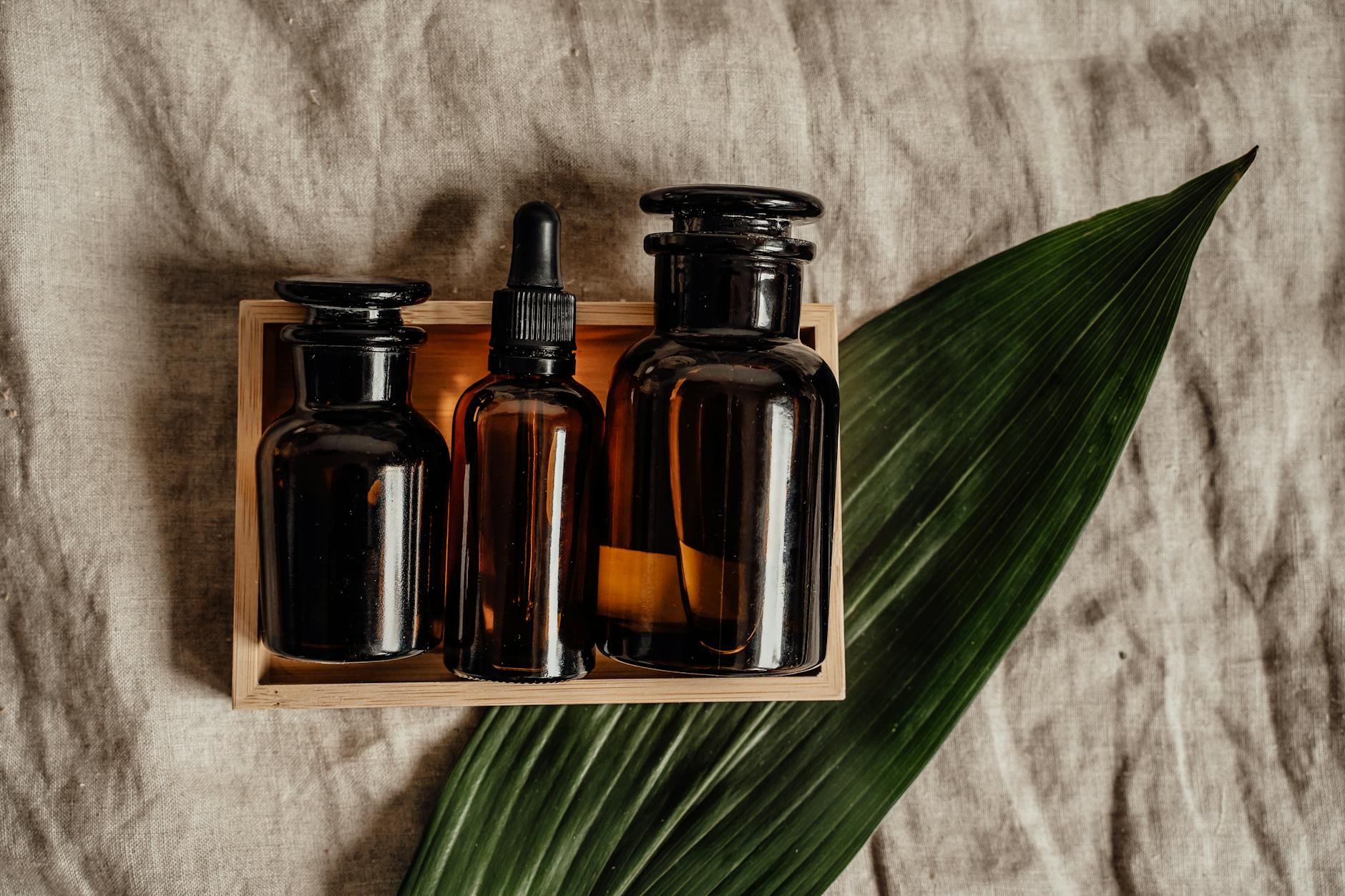 Photo by Alesia Kozik
Photo by Alesia Kozik
Massage and Moisturizing
Ever tried using oils for massages? It’s incredibly soothing! Herbal-infused oils can take your regular massage to the next level. These oils can penetrate deep into your skin, leaving it hydrated and soft. Plus, they are perfect for keeping your skin moisturized all day.
- For Massages: Warm up a small amount of the infused oil in your hands and gently massage it into your skin. Use sweeping motions to enhance blood circulation and feel the stress melt away.
- As a Moisturizer: After showering, apply the oil to your damp skin to lock in moisture. You can also add a few drops to your regular lotion for an extra nourishing boost.
Massaging with oils like lavender or chamomile can also calm your senses. It’s almost like giving yourself a mini spa treatment at home!
DIY Skincare Recipes
Want to make your own skincare products with herbal-infused oils? It’s easier than you think! Here are a few simple recipes to get you started.
Herbal Lotion
Ingredients:
- 1/2 cup shea butter
- 1/4 cup coconut oil
- 1/4 cup herbal-infused oil (like calendula or lavender)
- A few drops of essential oil (optional)
Instructions:
- Melt the shea butter and coconut oil together in a double boiler.
- Remove from heat and stir in the herbal-infused oil.
- Add essential oils if you’re using them.
- Let it cool and harden.
- Whip with a hand mixer for a fluffy texture.
Feel free to play around with different herbal-infused oils to see what works best for your skin.
Exfoliating Body Scrub
Ingredients:
- 1 cup sugar or salt
- 1/2 cup herbal-infused oil (like rosemary or peppermint)
- A few drops of essential oil (optional)
Instructions:
- Mix the sugar (or salt) with the infused oil until well blended.
- Stir in the essential oil if using.
- Store in a jar.
Use this scrub in the shower for smooth, glowing skin. It’s like giving yourself a mini spa day!
Nourishing Face Cream
Ingredients:
- 1/4 cup aloe vera gel
- 1/4 cup herbal-infused oil (like rose or chamomile)
- 2 tablespoons beeswax
- A few drops of vitamin E oil
Instructions:
- Melt the beeswax in a double boiler.
- Mix in the herbal-infused oil and vitamin E oil.
- Remove from heat and let it cool slightly before stirring in the aloe vera gel.
- Blend until smooth.
This face cream is excellent for dry or sensitive skin, offering hydration without being too heavy.
Excited to try these out? Herbal-infused oils are a fantastic addition to any skincare routine. Whether you’re looking to soothe tired muscles or create nourishing homemade products, these oils have got you covered.
For more ideas on how to use herbal-infused oils, check out this guide or explore nine herbal-infused oils that are ideal for beauty routines.
Nourishing Herbal Face Cream
Equipment
- Double boiler or heat-safe glass bowl and saucepan
- Whisk or immersion blender
- Clean glass jar for storage
- Measuring cups and spoons
Materials
- 1/4 cup 60 ml aloe vera gel
- 1/4 cup 60 ml herbal-infused oil (rose or chamomile recommended)
- 2 tablespoons 30 g beeswax pellets
- 1/4 teaspoon 1.25 ml vitamin E oil
Instructions
- Set up your double boiler, or create one by placing a heat-safe glass bowl over a saucepan filled with a few inches of water.
- Add the beeswax pellets to the top of the double boiler and melt over medium-low heat, stirring occasionally.
- Once the beeswax is fully melted, add the herbal-infused oil and stir until well combined.
- Remove the mixture from heat and let it cool for about 2-3 minutes, but don’t allow it to start solidifying.
- Add the vitamin E oil and stir to combine.
- Slowly pour in the aloe vera gel while whisking continuously. If using an immersion blender, blend in short bursts to emulsify the mixture.
- Continue whisking or blending until the cream is smooth and has a uniform consistency.
- Quickly transfer the cream to a clean glass jar before it starts to set.
- Allow the cream to cool completely at room temperature. This may take several hours.
- Once cooled, seal the jar and label it with the date and contents.
Nutrition Information:
- Not applicable for topical use.
Estimated Cost:
- $15-$20 USD, depending on the quality and source of ingredients.
Storage:
- Store in a cool, dark place. Use within 2-3 months for best results.
Notes
For best results, apply to slightly damp skin after cleansing.
If the cream feels too thick, you can adjust the consistency in future batches by reducing the amount of beeswax slightly.
The herbal-infused oil can be customized based on your skin needs. Rose is excellent for mature or dry skin, while chamomile works well for sensitive or irritated skin.
Scroll to the bottom of this page for another printable recipe.
Incorporating Herbal-Infused Oils in Aromatherapy
Herbal-infused oils are a beautiful way to bring the magic of nature into your everyday life. Whether you’re using them for their calming scents or skin-soothing abilities, these oils are versatile and easy to use. Let’s explore some practical ways to incorporate them into your aromatherapy routine.
Creating a Relaxing Atmosphere
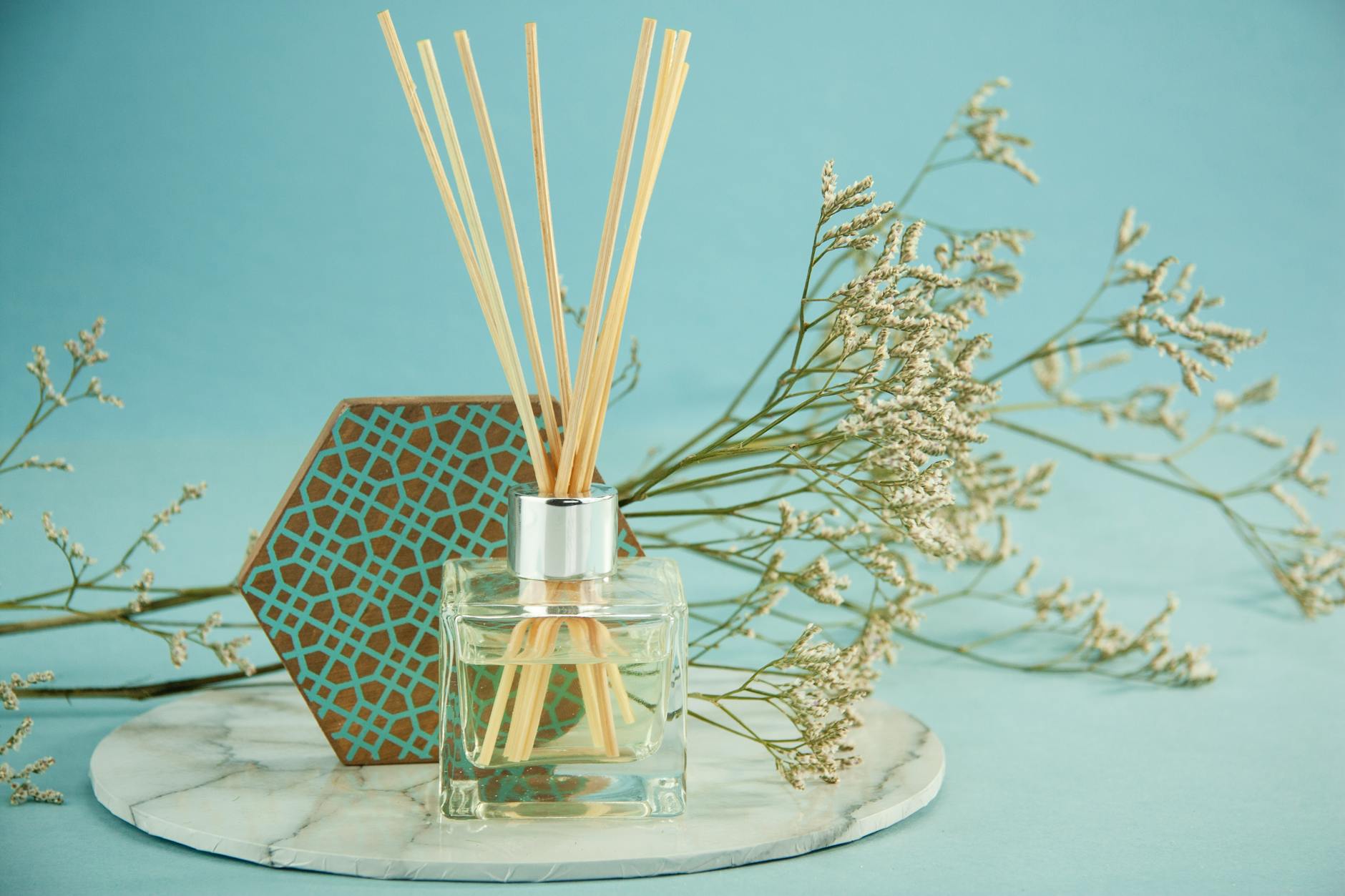 Photo by Karen Laårk Boshoff
Photo by Karen Laårk Boshoff
Imagine walking into a room filled with the calming scent of lavender or the uplifting aroma of citrus. By using herbal-infused oils in a diffuser, you can create an atmosphere that matches your mood and needs. Here’s how you can do it:
- Choose Your Oil: Select an herbal-infused oil that fits your desired effect. Lavender promotes relaxation, while peppermint can boost your energy levels.
- Set Up Your Diffuser: Add water to your diffuser as per the instructions, then mix in a few drops of your chosen herbal-infused oil.
- Adjust the Intensity: If you prefer a stronger scent, add more drops. For a milder aroma, use fewer drops.
Enjoying the benefits of herbal-infused oils in your diffuser can be a delightful way to enhance your daily environment. If you want to know more about making these oils, check out this guide from Mountain Rose Herbs.
Bath Soaks and Oils
Herbal-infused oils can turn an ordinary bath into a spa-like experience. They not only add a pleasant aroma but also offer numerous skin benefits. Here’s how you can incorporate them:
Lavender Bath Soak Recipe
Lavender is well-known for its relaxing properties. Try this simple recipe to unwind after a long day:
- Ingredients:
- 1 cup Epsom salt
- 1/2 cup dried lavender flowers
- 10 drops of lavender-infused oil
Instructions:
- Mix Ingredients: Combine the Epsom salt, dried lavender flowers, and herbal-infused oil in a bowl.
- Store: Place the mixture in an airtight container.
- Enjoy Your Bath: Add a few tablespoons to your bath water, stir to dissolve, and soak for at least 20 minutes.
Herbal-Infused Bath Oil
For a luxurious moisturizing bath, try creating your own herbal bath oil:
- Ingredients:
- 1/2 cup jojoba oil infused with chamomile
- 10 drops of essential oil (optional)
Instructions:
- Combine Oils: Mix the jojoba oil and any additional essential oils in a bottle.
- Add to Bath: Pour a small amount into the bath under running water.
- Soak and Relax: Allow yourself to soak in the aromatic and moisturizing bath.
For more self-care ideas, check out Learning Herbs.
Incorporating herbal-infused oils into your aromatherapy routine can elevate your relaxation and self-care experiences. These natural remedies are just a few drops away from enhancing your day.
Soothing Lavender-Infused Oil
Equipment
- Clean glass jar with lid
- Cheesecloth or fine-mesh strainer
- Dark glass bottle for storage
- Double boiler or heat-safe bowl and saucepan (for heat method)
Materials
- 1 cup 240 ml carrier oil (e.g., sweet almond oil, jojoba oil, or olive oil)
- 1/2 cup 15 g dried lavender flowers
Instructions
- Place dried lavender flowers in a clean glass jar.
- Pour the carrier oil over the lavender, ensuring all flowers are submerged.
- Choose your infusion method:
Heat method:
- a. Place the jar in a double boiler or a heat-safe bowl in a saucepan filled with water.
- b. Heat on low for 2-3 hours, ensuring the water doesn’t boil.
- c. Remove from heat and let cool.
Sun method:
- a. Seal the jar and place it in a sunny spot for 4 weeks.
- b. Shake the jar gently every few days.
- Strain the oil through cheesecloth or a fine-mesh strainer into a dark glass bottle.
- Label the bottle with the date and contents.
- Store in a cool, dark place for up to 6 months.
Video
Notes
- Always perform a patch test before using on your skin.
- For aromatherapy, add a few drops to a diffuser or inhale directly from the bottle.
- Can be used as a base for homemade lotions, creams, or massage oils.
Conclusion
Herbal infused oils are an amazing way to enhance your skincare and aromatherapy routines. They offer a range of benefits, from soothing irritated skin to providing a calming and uplifting aroma. Making your own herbal-infused oils at home is not only simple but also allows you to tailor them to your specific needs.
Why buy expensive products when you can create your own? Plus, the process is incredibly satisfying and fun! Experiment with different herbs and oils to discover your new favorite blends. Whether you’re using lavender for relaxation or rosemary for invigorating massages, the possibilities are endless.
Get started today and unlock the full potential of herbal oils in your daily life. Your skin (and your senses) will thank you!


